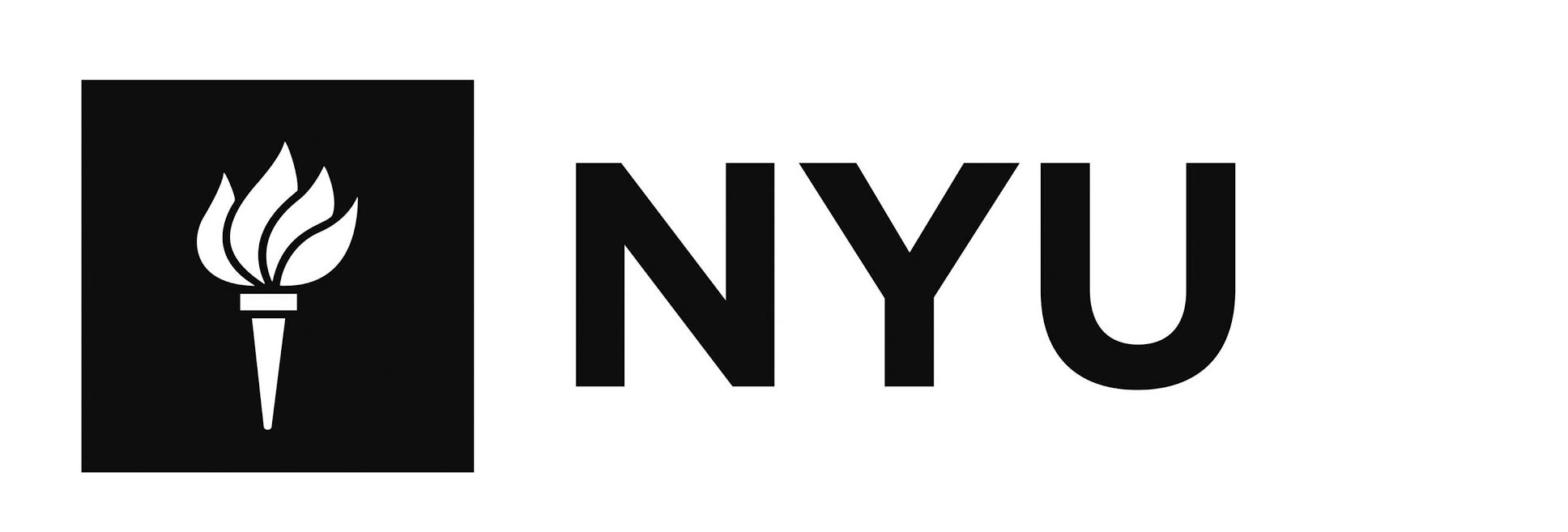#540 STORY BANK PROJECT
IDENTIFY A PUBLIC SPACE
In the crisis of displacement, the home must become a space for freeing speech. The territories of New York are congested with rights, and speech gets buried. Right-of-way is often reason to breakup protests on the street. Out in public territory, even mundane access rights can be elevated above the first amendment. When it comes to the cherished territory of private property, we altogether eliminate the largest chunk the city from being legitimized space for public discourse.
Every edge in the city is a line around the right of property. This landscape is the contested terrain of our Right to the City, which concerns the right to make and afford our life here. The community has no right to self-preservation if it lacks the agency to negotiate rising rents, development and the displacement of long-term residents. The affordable home is the most contested space in New York.
Whole neighborhoods are being silenced by gentrification and displacement. Daily life is dependent on territories, like leased storefronts, private lots and rented apartments. Tenancy does not mean the stories of the people who call these places home should be buried.
Communities are faced with the forced displacement, but another force opposes it: the communities who are planning to stay. By bringing their story into these spaces of displacement as the origin of this planning, we elevate free speech in our neighborhoods into a negotiation around our homes, and with the right to transform them for profit.
DESIGN PROPOSAL
The STORY BANK Project will be catalyzed by a core team of long-term community members, local youth, and local cultural organizations committed to anti-displacement community organizing. The first part of the project, our stories about home, give us reason to plan to stay. The second part, a bank, points toward the pooling of collective narratives. Gathered stories are grounds to negotiate in-common and, simultaneously, individual and unique situations of home and place. It will be an interactive platform to build a new discourse across these contradictions of urban contingency on both scales.
The team will meet with residents and gather digital stories about three Meta themes: 1.Gentrification and displacement, 2.Community-controlled assets, 3.Planning to Stay.
The story assets would be collected within a participatory online STORY BANK, where people will watch stories, add new ones, and collectively assemble them into narratives of discourse. All stories would be located on a map, allowing for spatial analysis. The STORY BANK will not just be a database. It will be used as a generative pedagogical and organizing tool.
The STORY BANK project team would work with the Story Assets to develop a performative event that presents the stories back to the community in the form of an Anti-Displacement Procession. As these spaces of displacement become filled with stories about planning to stay, new publics can begin contesting the spaces of daily life.
IMPLEMENTATION
The full logistics of the project will be developed through a participatory process, led by five key organizers: a community story coordinator, youth coordinator, project organizer, web developer and production assistant. Currently, the project neighborhood in conversation with the team is Bushwick, Brooklyn.
We will be renting camera equipment over the course of four weekends, collecting stories with a group of youth and community members. These stories will be curated into an online story bank of "collective story assets" by our web developer, with the capacity for dynamic online engagement and retelling. Over the course of the following month, particular stories will be chosen for their poignancy, relevance and diversity to become part of a key event where these stories are retold out in spaces of contention. The stories will be projected, reenacted or creatively imparted in the spaces of displacement where they occurred, or nearby. This event will be contextually developed by the key organizers, along with our storytellers and community members.
Following the narrative walk and retelling, partner organizations will host talks on other methods for collectivizing assets, including Tenants Unions, Community Land Trusts, People's Credit Unions, and co-ops, as methods for planning to stay. Meanwhile, the story bank will become a platform for building this collective narrative.
A video is attached, which was produced by members of our team for another project; demonstrating production quality. The video is an interview conducted with Sandy Storyline, and inspiration for the story bank project.
TEAM
Common Praxis. Project Coordinators, Braden Crooks, Aubrey Murdock and Joshua Barndt, in conjunction with The Right to the City Alliance. http://www.righttothecity.org/
Braden Crooks
Braden has been a gardener turned landscape architect, before entering into the fray of community organizing and advocacy. Since then, he hones his praxis developing forms of horizontal organizing, co-operation, solidarity economies and political ecology. In his spare time, Braden helps produce a webseries talk show about New York, LNNY, and interns at the Center for Urban Pedagogy.
Aubrey Murdock
Aubrey is a filmmaker and educator who focuses on relationships between social and ecological life. She continued to study alternative pedagogies in early childhood education, and is currently a radical educator who uses stories and commons based approaches in the urban classroom. Aubrey also helps produce LNNY.
Joshua Barndt
Joshua has been a participatory community artist, who now focuses on un-flattening urban histories around the struggle for permanently affordable community housing models.
Project Co-Coordinators
Joel Stien
Joel is an urban civic ecologist, futurist, researcher and critical designer helping individuals, groups and institutions manage uncertainty in times of economic, societal and environmental change.
Alexandra Castillo-Kesper
Alex combines archival, ethnographic and participatory research methods to open and create discursive spaces around the socioeconomic and racial diversity of the city’s growing precarious workforce.
Charlie Wirene
Is a builder by both trade and disposition. Charlie was led to construction work by an intense interest in resource responsibility and the potential of the built environment to directly improve peoples' lives and the vitality of the community they exist in.



